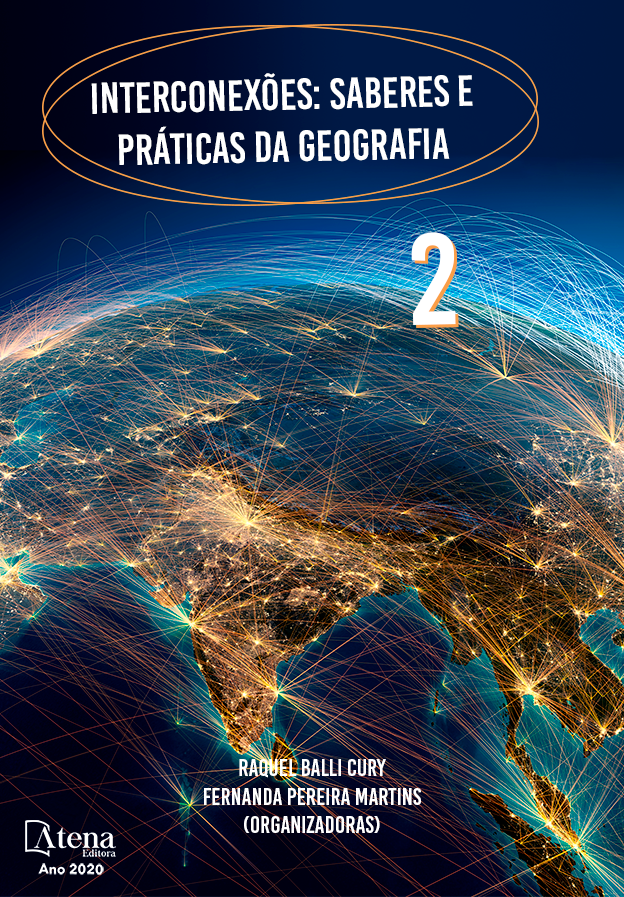
IMAGEM E PRODUÇÃO DO ESPAÇO URBANO: MANAUS VISTA A PARTIR DE CARTÕES POSTAIS
A presente pesquisa buscou decifrar as diferentes imagens da cidade de Manaus propagadas pelos cartões postais no decorrer das décadas. Para isto, realizou-se uma análise de vários postais de diferentes contextos históricos, por seu conteúdo, pela leitura da paisagem apresentada, e o que isto representa na construção da imagem urbana da cidade, e o que carrega como identidade. Duzentos e cinquenta e três postais foram digitalizados e submetidos à seleção. Destes, vinte postais, que puderam ter sua origem temporal identificada e apresentaram o espaço urbano da cidade, foram analisados. Notou-se que é um nicho de pesquisa carente de informação e pesquisa, assim como de compilados de cartões postais de fácil acesso público. Percebeu-se durante as análises que a imagética urbana da cidade é construída baseada em diferentes elementos, envolvendo sua história com o ciclo econômico da borracha, seu povo e cultura cabocla, assim como sua realidade metropolitana de capital regional, centro de sedes de grandes empresas. Concluindo-se que os cartões postais são um forte meio de veiculação da identidade de uma cidade, assim como da história da construção de seu espaço urbano.
IMAGEM E PRODUÇÃO DO ESPAÇO URBANO: MANAUS VISTA A PARTIR DE CARTÕES POSTAIS
-
DOI: 10.22533/at.ed.11920261117
-
Palavras-chave: imagem, postal, espaço urbano, identidade, Manaus
-
Keywords: image, postcard, urban space, identity, Manaus.
-
Abstract:
The present research sought to decipher the different images of the city of Manaus propagated by postcards over the decades. To do so, an analysis of several postcards of different historical contexts was carried out, by its content, by the perusal of the presented landscape, and what this represents in the construction of the urban image of the city, and what it carries as identity. Two hundred and fifty-three postcards were scanned and submitted to selection. In the present research twenty post cards were analyzed, and the ones which it could have been identified their temporal origin and presented the urban space of the city. It has been noted that it is a research niche lacking in information and previous studies, as well as compiled easily accessible postcards. It was realized during the analysis that the urban imaginary of the city is constructed based on different elements, involving its history with the rubber economic cycle, its people and “caboclo” culture, as well as its metropolitan reality of regional capital, center of headquarters of big companies. It is concluded that postcards are a strong means of transmitting the identity of a city, as well as the history of the construction of its urban space.
-
Número de páginas: 16
- Caren Michels
- Luana Castro da Silva


